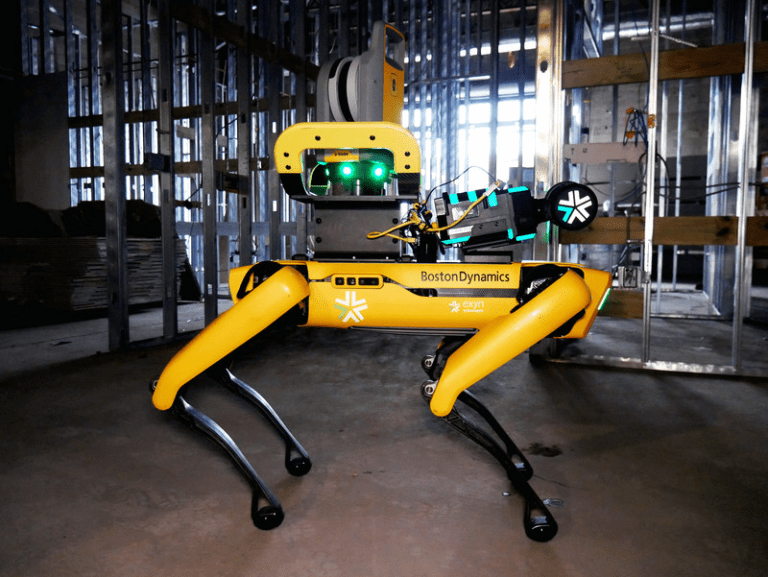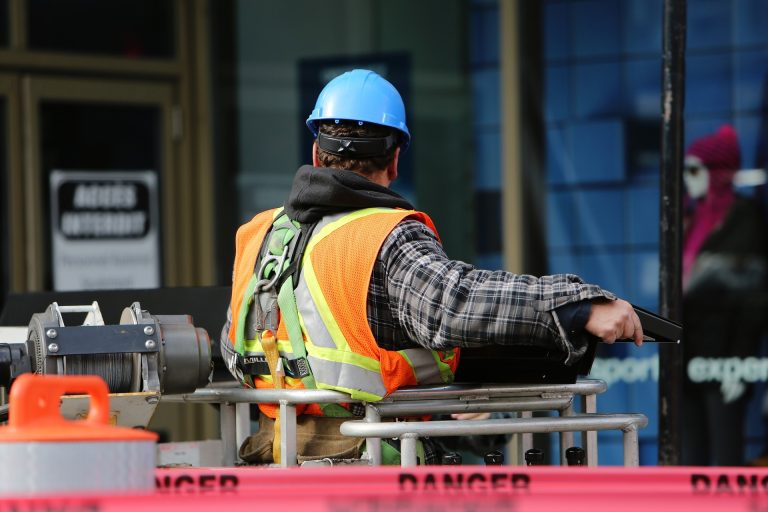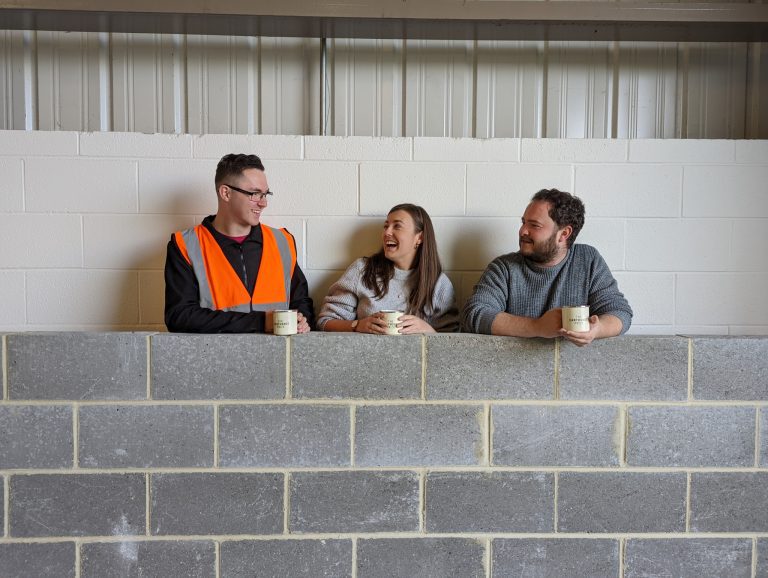Thanks to the construction workers toiling day and night, we have such exquisite sites and buildings to see. Working at a construction site involves dealing with heavy loads, tractors, noises, and much more. That comes with a plethora of risks that can be life-threatening to these workers. One wrong move, and the next thing you know, they’re battling life and death. So in this article, let’s talk about some of the mistakes construction workers can make that put them in risky situations. Enthusiasts can take this as a note to implement in their future constructions. Let’s begin! 1. Avoiding Safety Checks Before Working We cannot completely avoid accidents; some may occur out of nowhere. However, before workers start working, make sure they have the basic safety checks and ensure they are following all the protocols recommended by the Occupational Safety and Health Administration (OSHA). Check if they have the correct gear, shields, uniform, and necessities. Apart from worker safety, make sure other things that they will work with are also functioning properly. For example, the tools, ladders, tractors, and crane safety too. An approved fall restraint system is not only required by OSHA but imperative for worker safety. Do not neglect these at all; it should be a priority. Modern technology has made it easier for these to be checked in moderation. The idea is – the more the crew that is working are in sync, the more efficient they are, and there are lower chances for accidents to occur. Some more things to note while doing the safety checks are that make sure they are getting their heart rate and oxygen level checked and are at a healthy number. If not, take measures so they can recover. Failure to complete these protocols will get you in legal problems and incur fines or send your workers into crucial situations. Protect them at all costs. 2. Not Having Proper Head and Eye Protection This is mandatory. In fact, these two things are essential to these workers. Eyewear is crucial because the workers deal with dirt, sparks, debris, sand, and pollution that could damage the eyes. Before they work, supply them with proper eye gear. Following that up with the importance of head gears too. Since workers tend to be higher up in buildings, it is evident for slip-ups to occur, causing things to fall, which is why head injuries are one of the top accidents. Keeping all of them in check makes it easier to avoid accidents. 3. Error in Installing Safety Nets Construction nets are a good way to keep workers protected. Overlooking its need may lead to serious injuries. The management team should focus on getting good-quality nets from reliable brands. A proper net must be durable and able to withstand heavy loads without breaking easily. There’s a construction net designed for specific needs. Choose the ones you need the most. A wrong move and you will be off to the hospital (yikes..) 4. Hydration is Key! A healthy body and mind lead to an increase in productivity. First, make sure the crew is hydrated properly, supply them with water, and check on them if they have any other needs. This strictly doesn’t mean the workers should sip alcohol, soft drinks, or energy drinks. It is better to supply basic necessities through the management team rather than giving them emancipation to do so. Overdoing junk may lead to clumsiness and lower attention span due to the fatigue it comes with, causing accidents, so make sure to avoid them. 5. Issues in Scaffoldings Scaffoldings are done by workers that work way higher up, and for one to be qualified for it needs to be fit enough to do so. This also requires intensive training too. With proper balance and fit is when you can scaffold properly. However, many workers tend to go for scaffolding without proper pieces of training, which can lead to serious injuries. One thing to note here, too, is that some scaffoldings may not be well-built either. To avoid the hefty consequences, one must install safety nets, as mentioned earlier. If you’re working with scaffolding in home projects, ensure that a proper person is going for it. 6. The Falling Debris Nightmare This is the most common accident on construction sites. While dealing with heavy materials higher up, you never know what can fall from above. Several injuries have been reported due to falling debris like concrete and brick blocks, metal rods, shattered glass, and so on. To avoid this, equip head gears before working, work at a safer distance and warn any workers to watch out before you start on the work. And like usual, safety nets make it easier too. Don’t forget to follow the safety standards, though! 7. Hiring The Wrong Person We have already spoken about the workers so far; now, let’s shift our attention to the one who supervises it all, the contractor. Hiring the wrong one opens the path for injuries and dangers to occur. The workers’ lives basically depend on the way a contractor handles the area. Some key things that a good contractor should do are as follows A lot of major accidents can be avoided by having the right person to handle the work, so before you work on the materialistic aspect of avoiding dangers, start with the root of where it all began. Insight on Accident Using Statistics! Accidents can occur anytime and by anything. It’s something that can’t be predicted, but certain measures can help you avoid it. Throughout the years, there have been fatal accidents around construction sites. Through intensive surveys, here are some percentages of the most common ones: Statistics are a good way of knowing what to focus on most, but it is without a doubt that all of it requires equal attention! The moral of putting these out is to provide some path to work with around the workplace. Some safety tips! Since we’ve spoken about the mistakes being made on












